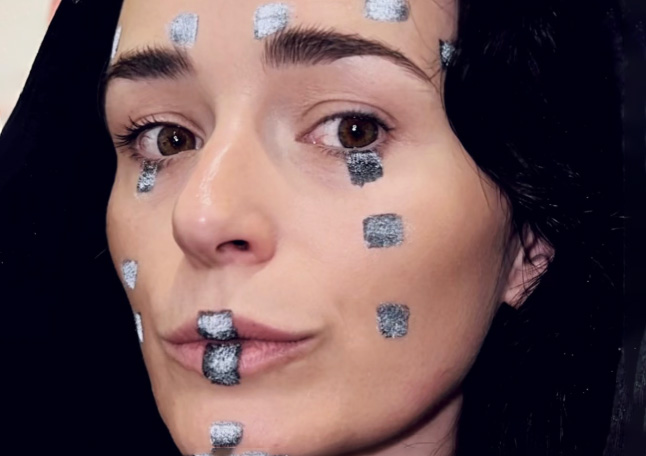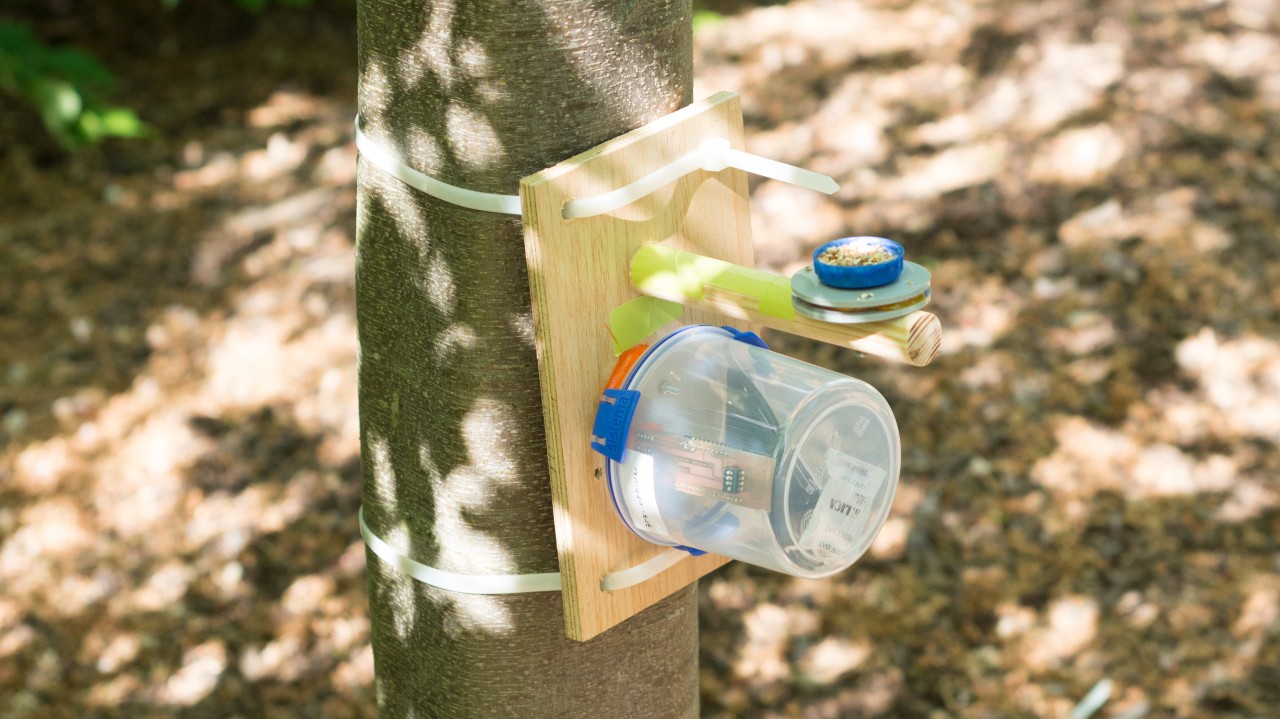
This week I've been exploring AI to try and get very simple carbon comparisons for packaging options and we've been experimenting with hacking our 3D printer.
1. World
This week one of our carbon calculation tools wasn’t working properly, so I decided to try challenging ChatGPT to give me a simple environmental footprint comparison between two pieces of packaging. Both are produced using 100% renewable energy. One is made from 70% recycled aluminium and the other from virgin European wood cellulose. Neither producer is going to give me an accurate CO2e/unit figure or more clarity on their raw material feedstock, so I already knew that the data wouldn’t be very accurate, but I wanted to see how GPT would go about it.
I started by prompting ChatGPT to “imagine you are an LCA expert”, I gave it as much information as I could about the origin of the raw materials, the energy mix, the packaging weight and the likelihood of recycling, and it confidently gave me some figures. Great. I have a CO2e/unit figure for both the aluminium packaging and the paper one. Now I can go back to my client and say here you go - this is better than that.
And that’s the issue.
I put the same information into Gemini and it gave me the exact same CO2e figures for the aluminium packaging, but the paper pack was almost double. So the paper solution appeared more sustainable using one tool and worse with another. Completely useless right?
Well actually, I would say not.
Yes, I wouldn't use it to get any reliable data, however, the ease of use means that everyone can have a go. And, data aside, there is a lot that can be learned from the process of experimenting with AI in this way. The terms used, the way that calculations are presented, what factors are most likely to impact C2G (cradle to gate) vs G2Gc (cradle to grave), what the difference is between an Attributional LCA and Consequential LCA. These are all things that I have learned more about this week from a few enjoyable hours feeding prompts into various AI tools. And of course you need to fact check, find and vet sources and ultimately engage with experts, but it’s certainly been amazing at speeding up my learning process. So give it a go. Just don't present the data it gives you as fact to your clients!
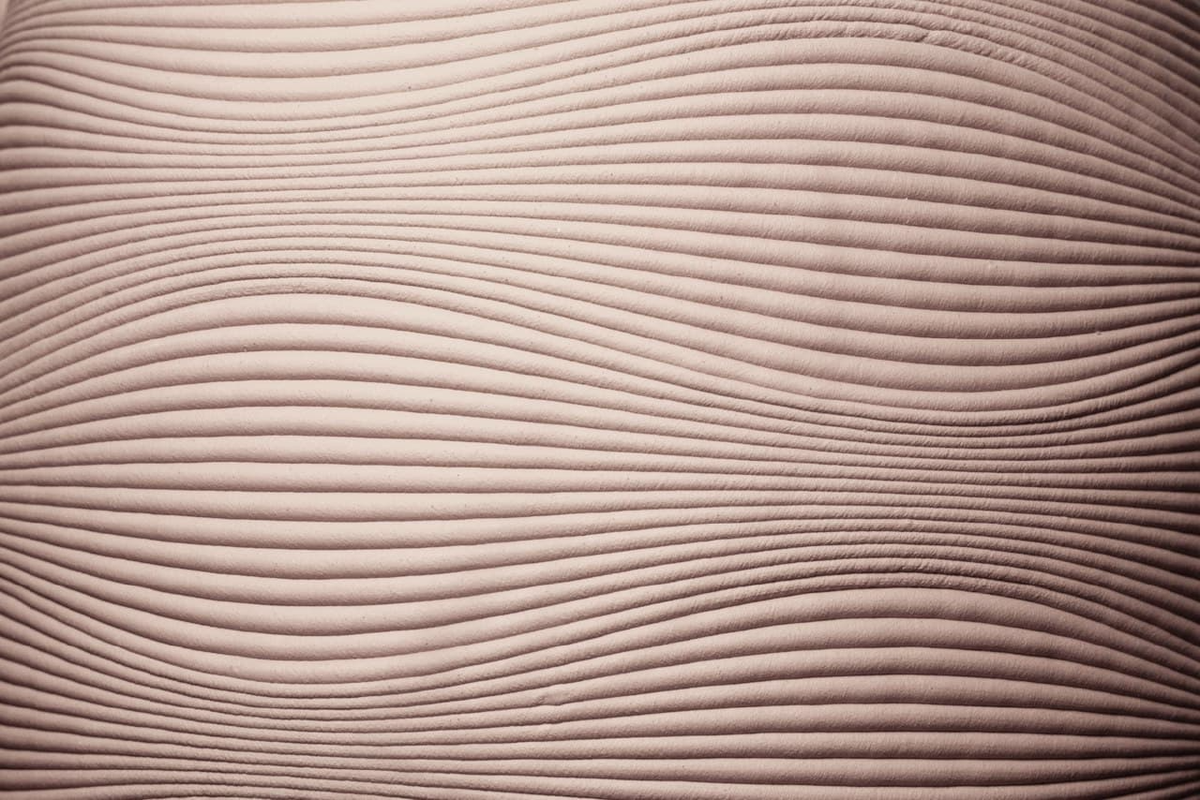
2. Innovation
In another avenue of experimentation, the team have been experimenting with Grasshopper in the studio making non-planar 3D prints. For those of you who don’t know what I’m talking about, typically a 3D print is laid down layer by horizontal layer. If you have a top surface that isn’t flat, then it is built up in steps and you need to reduce your layer height to around 0.2mm if you want a somewhat smooth surface.
Typically a printer will stop and start as needed to build up these laters, however there is another method of printing called vase mode where a print is laid down in one continuous go. As if you were 3D printing a slinky - you can just go round and round, all the way up.
Vase mode typically still relies on printing in horizontal layers and so parts will have a flat top and bottom but this print method can be very fast and so lends itself better to actual production rather than being just a prototyping method.
When setting up a print you use a slicer to turn a 3D model into the instructions (gcode) for where the extruder goes as it builds a print. These slicers ‘slice’ the model horizontally into layers. However, you can bypass the slicer and create the gcode to direct the extruder using Grasshopper. In this way you can make it travel up and down as well as left and right as it prints meaning you can begin to print some really awesome shapes, and combined with Vase mode you have both speed and full creativity.
This image above (not something we printed) illustrates this most clearly.
I’ll hopefully be able to share more about the results of our experiments, but if you have been working in this space or know someone who has - let me know. I’d love to chat.
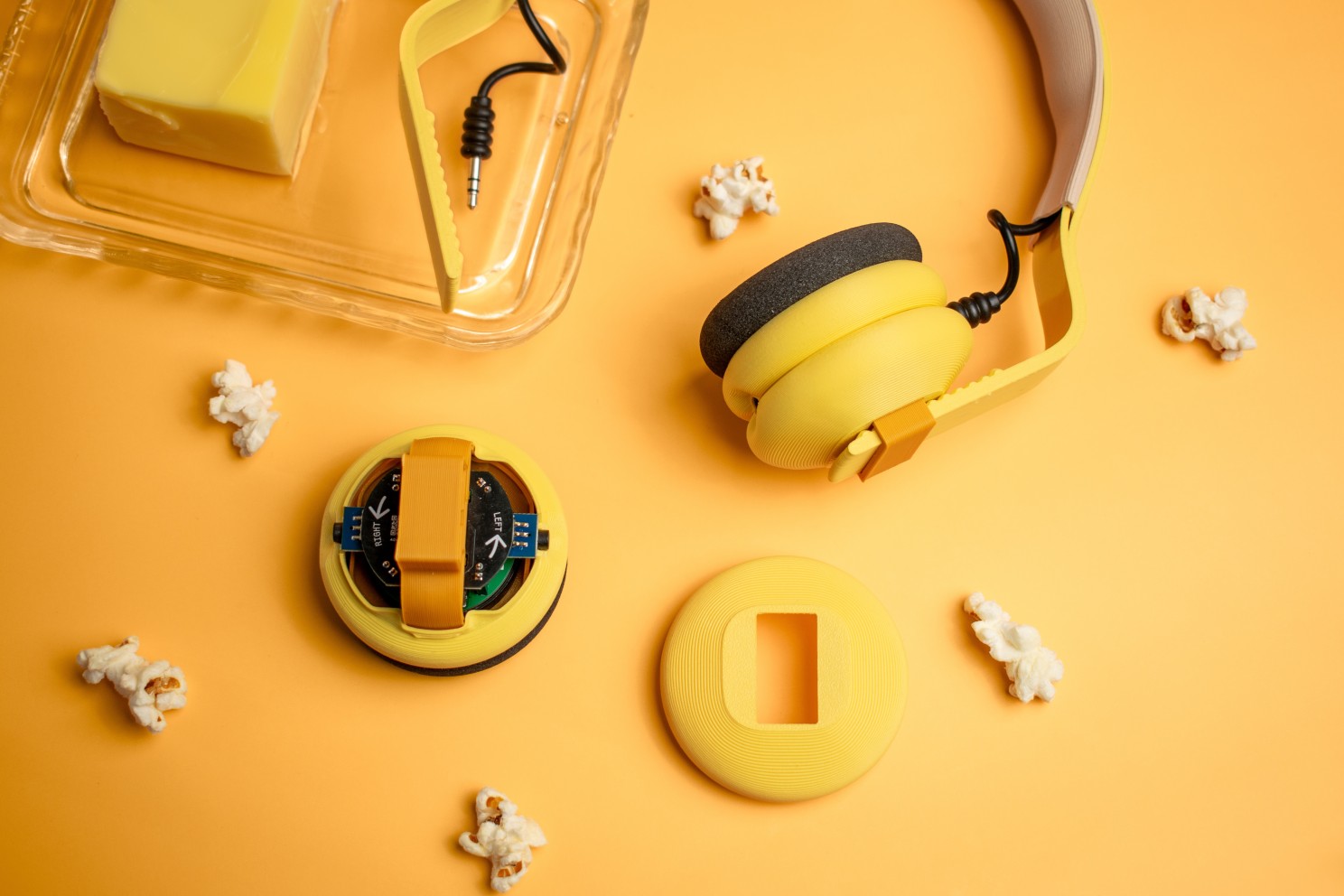
3. Morrama
Talking of 3D printing… the latest colourway from the team for our Kibu headphones are just what we need as the seasonal blues creep in. A gorgeous lively yellow palette named Butter Popcorn really makes this pair scream happiness.
As we approach gifting season - this is a pretty neat option for those kids in your lives and teaches them how to build and repair their stuff. Get this wonderful yellow pair or design your own at kibu.family
Great to also see the headphones being long-listed for a Dezeen Awards, fingers crossed for a win later this year!
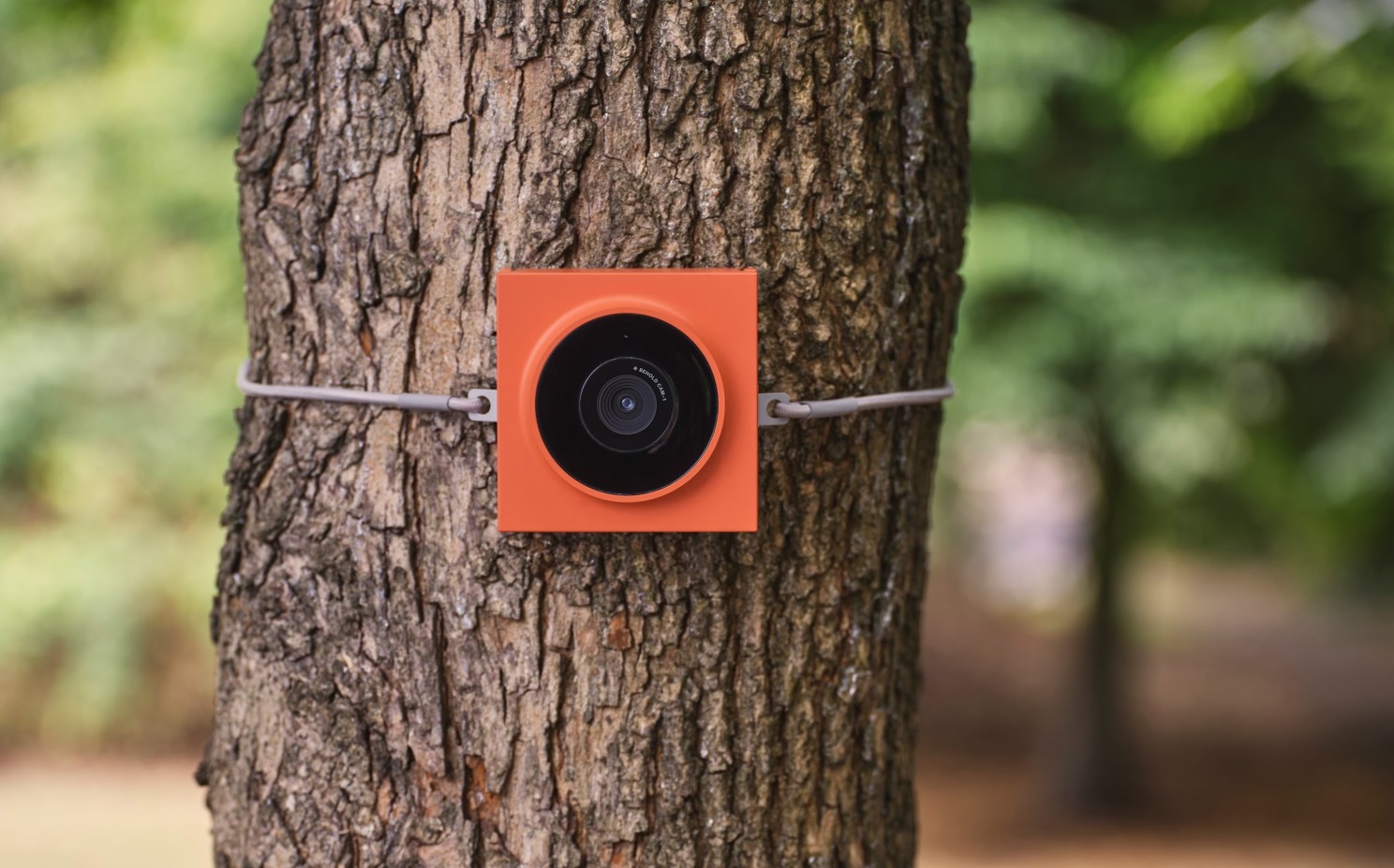
4. Inspiration
Great to see this beautiful wildlife camera designed by our friends over at Pentagram doing so well on Kickstarter.
It reminds me of a wonderful project by Rob Philips called My Naturewatch. Positioned at a slightly more affordable £35 for the components the My Naturewatch camera was developed alongside the Interaction Research Studio at Goldsmiths. The open source initiative was designed in 2018 to encourage the public to engage with local wildlife and contribute to citizen science. Thousands of people got involved, building their own cameras and sharing the photos they captured. The initiative has come to an end, but everything you need to build the camera is still available online so do check it out.
It’s the community aspect of designs like these that are so powerful. It’s great to see this feature built into the Behold Cam-1, enabling ecologists and scientists to benefit from the data captured from people’s gardens.
Thats it for today.
If you want to join the conversations, email us to 4things@morrama.com.
My '4 things' will be back at the end of next week.
Jo, and the Team x

